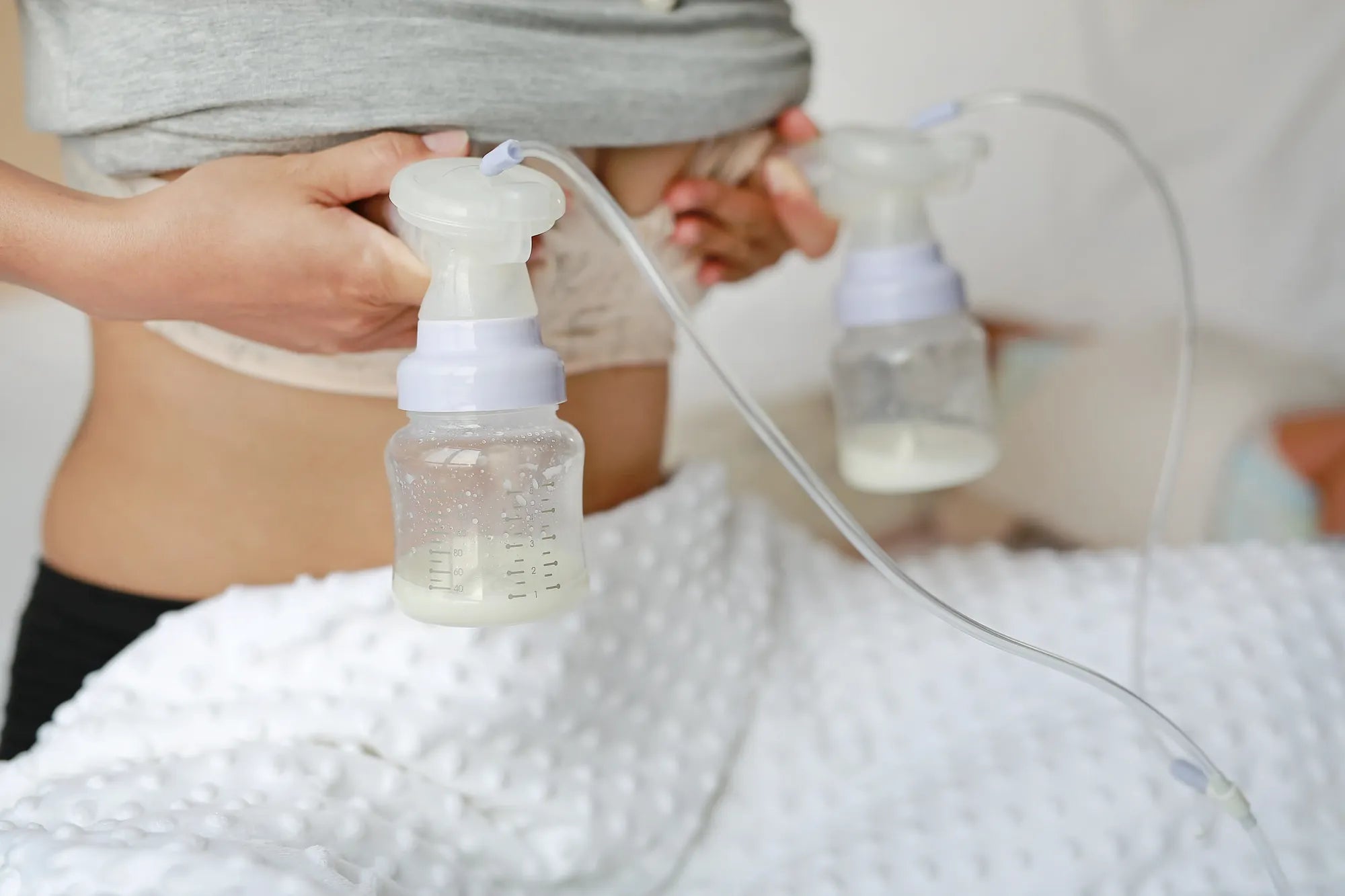Startseite
Pregnancy, Breastfeeding, and Pumping: The Ultimate Guide for Moms
How Much Pumped Breast Milk at 1 Month: A Comprehensive Guide

How Much Pumped Breast Milk at 1 Month: A Comprehensive Guide
As a new parent, one of the most common questions you might have is, how much pumped breast milk at 1 month should your baby be consuming? The answer isn't always straightforward, as it depends on various factors such as your baby's weight, feeding habits, and your milk supply. This guide will help you navigate this important aspect of infant care.
Understanding Breast Milk Supply
Breast milk supply is influenced by several factors, including your baby's demand, your diet, and your overall health. At one month, your body is still adjusting to the needs of your baby, and your milk supply is likely to be in a state of flux. It's important to remember that every mother's body is different, and there is no one-size-fits-all answer.
Average Milk Intake for a One-Month-Old
On average, a one-month-old baby consumes about 2 to 4 ounces of breast milk per feeding. This amount can vary depending on the baby's size and appetite. Some babies may need more, while others may be satisfied with less. It's essential to monitor your baby's growth and feeding patterns to ensure they are getting enough milk.
Factors Affecting Milk Intake
Several factors can influence how much pumped breast milk your baby needs at one month. These include:
- Baby's Weight: Heavier babies may require more milk to meet their nutritional needs.
- Feeding Frequency: Babies who feed more frequently may consume smaller amounts per feeding.
- Milk Supply: Mothers with a higher milk supply may find that their babies consume more milk.
- Health Conditions: Certain health conditions in either the mother or the baby can affect milk intake.
Tips for Successful Pumping
Pumping breast milk can be a challenging task, especially in the early weeks. Here are some tips to help you succeed:
- Establish a Routine: Try to pump at the same times each day to help your body adjust.
- Stay Hydrated: Drinking plenty of water can help maintain your milk supply.
- Eat a Balanced Diet: A healthy diet rich in nutrients can support milk production.
- Use the Right Equipment: Ensure that your pump is comfortable and efficient.
- Relax: Stress can negatively impact your milk supply, so try to stay calm and relaxed while pumping.
Monitoring Your Baby's Growth
One of the best ways to ensure that your baby is getting enough pumped breast milk is to monitor their growth. Regular check-ups with your pediatrician can help track your baby's weight gain and overall development. If you have any concerns about your baby's milk intake, don't hesitate to consult with a healthcare professional.
Common Challenges and Solutions
Many new mothers face challenges when it comes to pumping breast milk. Here are some common issues and how to address them:
- Low Milk Supply: If you're struggling with low milk supply, try pumping more frequently or using techniques like breast compression.
- Engorgement: Engorgement can make pumping uncomfortable. Use warm compresses and massage your breasts to relieve discomfort.
- Clogged Ducts: Clogged ducts can reduce milk flow. Massage the affected area and apply heat to help clear the blockage.
- Painful Pumping: If pumping is painful, check that your pump is the correct size and that you're using it correctly.
When to Seek Help
If you're consistently struggling with pumping or if your baby isn't gaining weight as expected, it's important to seek help. A lactation consultant or healthcare provider can offer guidance and support to help you and your baby thrive.
Understanding how much pumped breast milk at 1 month your baby needs is essential for their growth and development. By monitoring your baby's intake, establishing a pumping routine, and seeking help when needed, you can ensure that your baby is getting the nourishment they need. Remember, every baby is different, and it's okay to ask for help along the way.
Teilen
